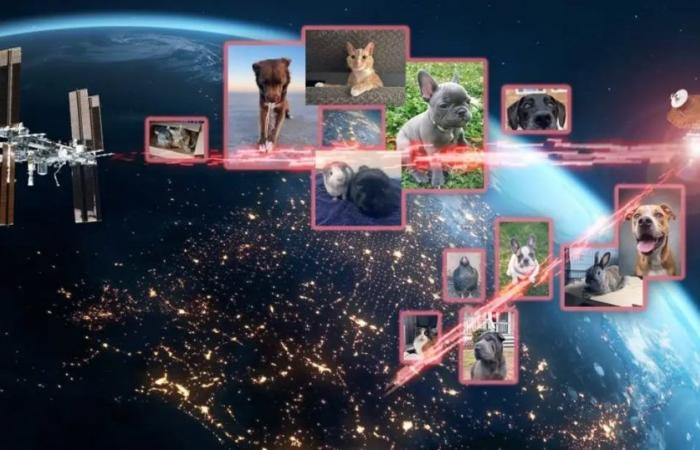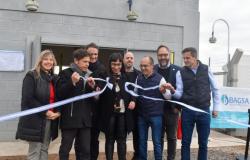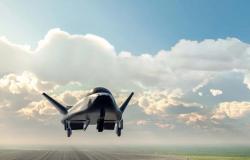
The POT has sent pet photos to the International Space Station at oncespeed of 1.2 gigabytes per second, meaning its streaming was faster than most home internet connections. This was sent via NASA’s first end-to-end bi-directional laser relay system.
Those in charge of sending the images were astronauts Randy Bresnik, Christina Koch and Kjell Lindgren, who, along with other agency employees, sent photos and videos of their pets to the International Space Station.
According to UnoTV, sending the images allowed the program SCaN (NASA’s Space Navigation and Communications) show the power of laser communications while testing a new networking technique.
On the other hand, Kevin Coggins, deputy associate administrator and director of the SCaN program at NASA headquarters in Washington, has said the following in interviews:
“The mascot imagery campaign has been rewarding on multiple fronts for the ILLUMA-T, LCRD and HDTN teams.”
According to the El Espectador portal, Kevin Coggins explained that this project was based on Taters the Cat, a video of an orange cat that was transmitted, via laser links, 30 million kilometers to the Psyche probe. This probe was launched from the Kennedy Space Center in Florida, using a SpaceX rocket, to explore the origin of planetary nuclei by studying an asteroid.
For these images and videos to reach the space station, they were first in a computer at a mission operations center in Las Cruces, New Mexico.
From there, NASA sent the data to optical ground stations in California and Hawaii. The teams then modulated the data into infrared light signals, or lasers, and sent the signals to NASA’s LCRD (Laser Communications Relay Demonstration), located 22,000 miles above Earth in geosynchronous orbit.
Then, LCRD transmitted the data to ILLUMA-T (Integrated LCRD Low Earth Orbit User Modem and Amplifier Terminal), a payload currently mounted on the exterior of the space station.
It was in this way that images and videos of pets were sent to the space station. The shipment included not only dogs and cats, but also birds, cows, pigs and snakes.





